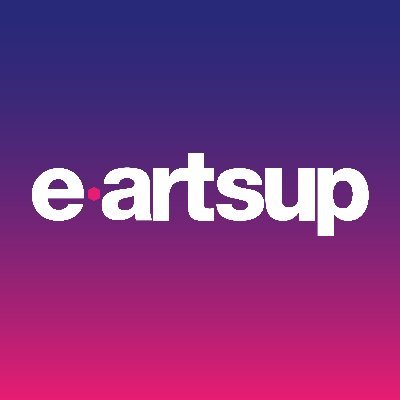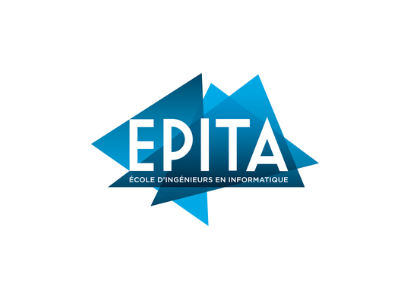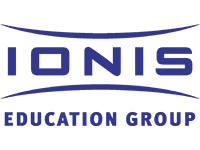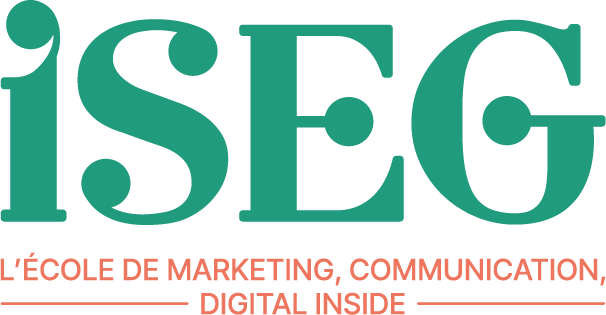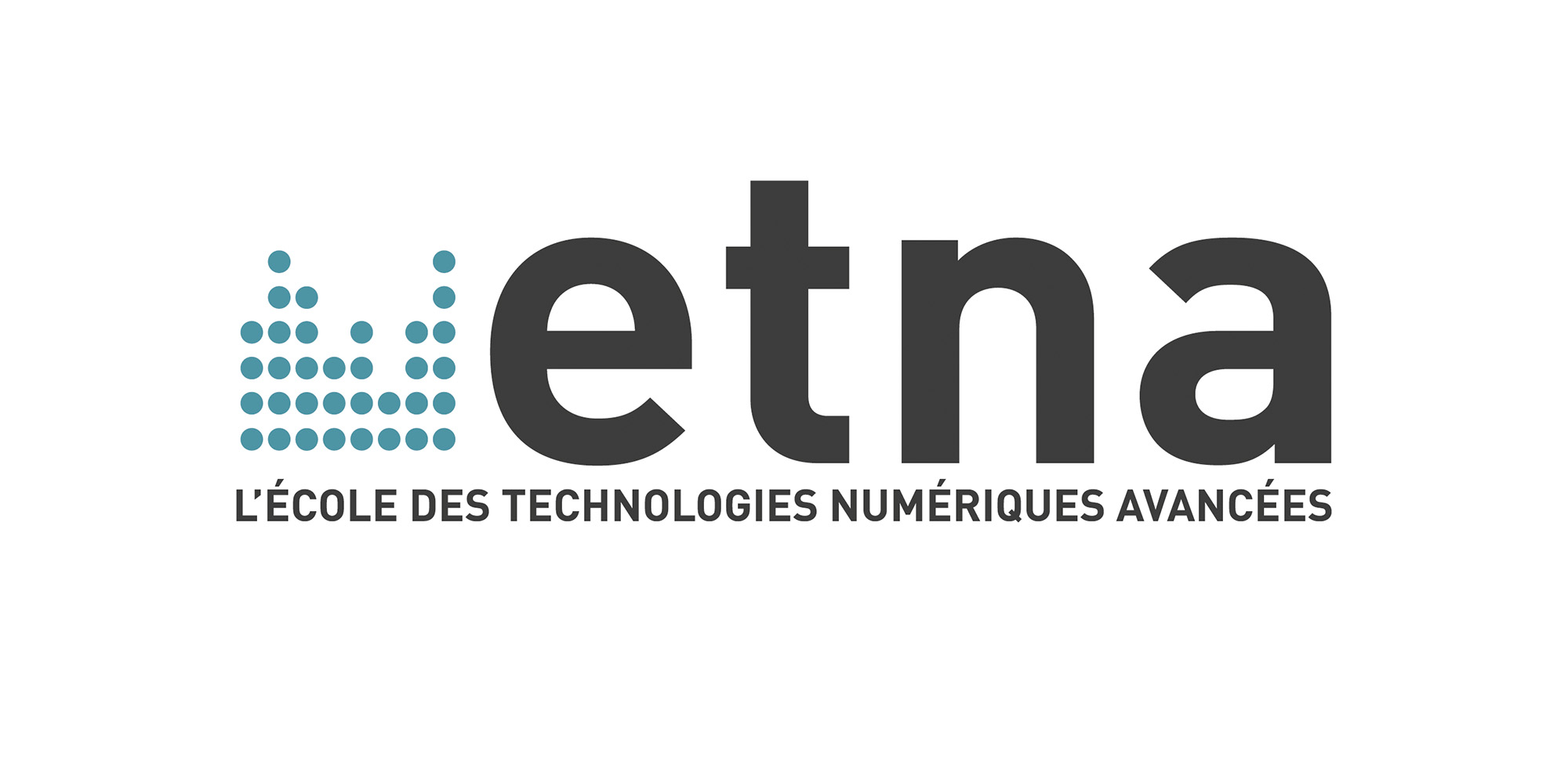Post-doctorant F/H
-
Etablissement : IPSA
-
Type de contrat : CDD - 12 mois
-
Temps de travail : Temps plein
-
Lieu Toulouse
-
Salaire 2900 EUR (€) - 2900 EUR (€) / mois
L'entreprise
Créée il y a plus de 60 ans et membre du Groupe IONIS, l’IPSA est une école d’ingénieurs en aéronautique et spatial qui ouvre aux métiers de la mobilité durable.
Basée à Paris et Toulouse, l’IPSA propose à ses 2500 étudiants des formations solides et innovantes : Diplôme d’ingénieur en 5 ans et cursus Bachelor en 3 ans.
Société à mission, l’école s’engage à former des ingénieurs, audacieux, créatifs et innovants, qui ont une responsabilité humaine, éthique et sociétale.
Description du poste
Le post-doctorant sera hébergé au laboratoire TéSA (https://www.tesa.prd.fr) et sera co-encadré par
Samy Labsir (https://sites.google.com/view/samylabsir/)
Julien Lesouple (http://perso.recherche.enac.fr/~julien.lesouple/fr/)
Jean-Yves Tourneret (https://perso.tesa.prd.fr/jyt/)
Context and problem
In this work, we propose to focus on well-known image processing estimation problem referred to as image registration. Given a set of (2D or 3D) moving images observed by an imaging sensor, the aim is to determine the geometric transformation allowing us to adjust these images to a reference (2D or 3D) image, in order to exploit multi-information of a scene. This problem of registration is classically encountered in a plethory of space applications typically when optical remote sensing systems detect Earth information.
We can cite the example of a SAR satellite observing a 3D earth image for oceanography tasks, under different angles [1]. Then each sensed image must be aligned to the true image. Also in aerospace defence applications, in the context of target tracking and facial recognition, video sequences containing the target of interest to track need to be adjusted to another sequence of reference [2].
Different state-of-the-art techniques exist to resolve this problem [3], classically based on the minimization of a cost function between the reference image and the transformed observed image. Then, the minimization is performed by an optimization algorithm. Nevertheless, these conventional methods have some limits. Indeed, it can be difficult to optimize the cost function because it is highly non-convex and can lead to several solutions [4]. Furthermore, in the context of 3D/2D registration, the model linking both reference image and observed image is ill-posed because the depth of the 3D image is not observable [5]. To overcome these analytical problems, deep learning and machine learning based techniques have recently appeared, [6] mainly based on SVM [7] and neural networks (NN) [8] substituting analytical models by parametric regression models. The latter are learned thanks to a dataset containing both pixel information of an arbitrary image to adjust and transformation relative to the reference image could which may also contain scale and depth parameters. Then, knowing a new image test, we can be able to predict the new transformation.
Starting from this assumption, two of the fundamental points to bear in mind:
- the geometric transformation to predict have to be constrained by its geometrical properties. Indeed, it is basically an affine transformation containing both rotation and translation between the two images but also scale parameter. Then, learn this type of parameter needs to ensure the properties of this space are respected. In a mathematical point of view, this transformation is constrained to lie on the Lie group SE(2) or SE(3). When the scale parameter is also unknown, then the transformation belongs to the Lie group Sim(3) (space of similitude in dimension 3).
- Parametric models used in machine learning need to learn hyperparameters which is classically a hard challenge typically for SVM. Furthermore, one of the main drawback is that this kind of approach, whatever SVM or NN, don't provide uncertainty on the estimation of the transformation, which is a crucial information in an operational context.
With this in mind, we propose in this work to deal with Lie groups approach. Mathematically speaking, ia Lie group is a space equipped with a Riemmanian structure but also with a structure of group [9]. Its advantage is to leverage mathematical tools (especially statistics and optimization) allowing us to overcome non-linearities induced by the parameters of the transformation (classically Euler angles). Machine learning methods on Lie groups exist in a supervised framework for tasks of estimation and filtering [10-11-12]. Nevertheless, in the context of supervised classification and prediction, works are almost non-existent and everything remains to be done.
In addition, an attention is paid to machine learning standing out from SVM and NN, more specifically to Gaussian process regression [13-14]. Indeed, these are powerful non-parametric prediction tools allowing us to learn correlation between measurements and model [15]. Another advantage is that, they are able to learn hyperparameter models and provide uncertainty on the prediction.
Hence, the challenge of this work is to combine the Lie group formalism with Gaussian process paradigm in order to design a new machine learning algorithm for image registration applications.
Objectives
The main objectives of this post-doctoral work are to develop new machine learning methods based on Gaussian processes on Lie groups. More precisely:
1) The main aim will be to familiarize with regression problems on Lie groups and geometric Gaussian process, i.e. define a non-parametric regression model on Lie groups.
2) The second aim will be to compute both likelihood and predictive distribution of the Gaussian processes in order to predict output and estimation of the kernel parameter. A challenge will be to perform a integral marginalization to compute them. To succeed that, two strategies could be considered: a) an analytical approximation on the integral to marginalize or b) an numerical approximation based on MCMC algorithms on Lie groups.
3) The proposed strategy will be numerically tested on simulated image data in a 3D/2D image registration context.
Profil recherché
Informations
Disciplines: applied mathematics, machine learning, statistical estimation.
Required curriculum: PhD. in computer science, statistics or machine learning.
Start and duration: as soon as possible for 1 year (can be extended).
Salary: 2900 euros brut by month.
Applications (resume, transcript) and informal inquiries are to be e-mailed to Samy Labsir, (IPSA/TéSA),samy.labsir@ipsa.fr, Jean-Yves Tourneret (IRIT/ENSEEIHT/TéSA),jean-yves.tourneret@toulouse-inp.fr, Julien Lesouple (ENAC),julien.lesouple@enac.fr.
Location: TéSA laboratory, Toulouse, France.
References
[1] Sommervold, O. and Gazzea, M. and Arghandeh, R., A Survey on SAR and Optical Satellite Image Registration, Remote Sensing, 15, 2023.
[2] Curiale, A. and Vegas Sánchez-Ferrero, G. and Aja-Fernández, S., Techniques for tracking: image registration, 2017.
[3] Chen, M. and Tustison, N. J and Jena, R. and Gee, Image Registration: Fundamentals and Recent Advances Based on Deep Learning, Springer, 2023.
[4] P. Markelj and D. Tomaževič and B. Likar and F. Pernuš, A review of 3D/2D registration methods for image-guided interventions, Medical Image Analysis,2012.
[5] Unberath, M. and Gao, C. and Hu, Y. and Judish, M. and Taylor R. and Grupp, R.,The Impact of Machine Learning on 2D/3D Registration for Image-Guided Interventions: A Systematic Review and Perspective,Frontiers in Robotics and AI.
[6] Xiaohuan C. and Jingfan F. and Pei D. and Sahar A. and Pew-Thian Y. and Dinggang, Handbook of Medical Image Computing and Computer Assisted Intervention, Chapter 14 - Image registration using machine and deep learning, Academic press, 2020.
[7] DaiQiang P. and Ding Xue W. and Jin Wen T.,8th International Conference on Pattern Recognition (ICPR'06), A New Efficient SVM-based Image Registration Method, 2006.
[8] H. R. Boveiri and R. Khayami and R. Javidan and A. Mehdizadeh, Medical image registration using deep neural networks: A comprehensive review,Computers and Electrical Engineering, 2020.
[9] J. Faraut, Analysis on Lie Groups: An Introduction, Cambridge University Press, 2008.
[10] S. Bonnabel and A. Barrau, An intrinsic Cramér-Rao bound on Lie groups, International Conference on Networked Geometric Science of Information, 2015.
[11] J. Ćesić and I. Marković and M. Bukal and I. Petrović, Extended information filter on matrix Lie groups, Automatica, 2017.
[12] G. Bourmaud, Online Variational Bayesian Motion Averaging, ECCV, 2016.
[13] E. Schulz and M. Speekenbrink and A. Krause, A tutorial on Gaussian process regression: Modelling, exploring, and exploiting functions, Journal of Mathematical Psychology, 2018.
[14] J. Wang, An Intuitive Tutorial to Gaussian Process Regression, Computing in Science and amp. Engineering, 2023.
[15] C. Palmier and A. Giremus and P. Minvielle, P. and C. Vacar and G. Bourmaud, Terrain-Aided SLAM with Limited-Size Reference Maps Using Gaussian Processes, 2023.
Réf: 67806820-afaf-4fe8-8ee3-a741638ab8b6
Le poste n'est plus à pourvoir.
